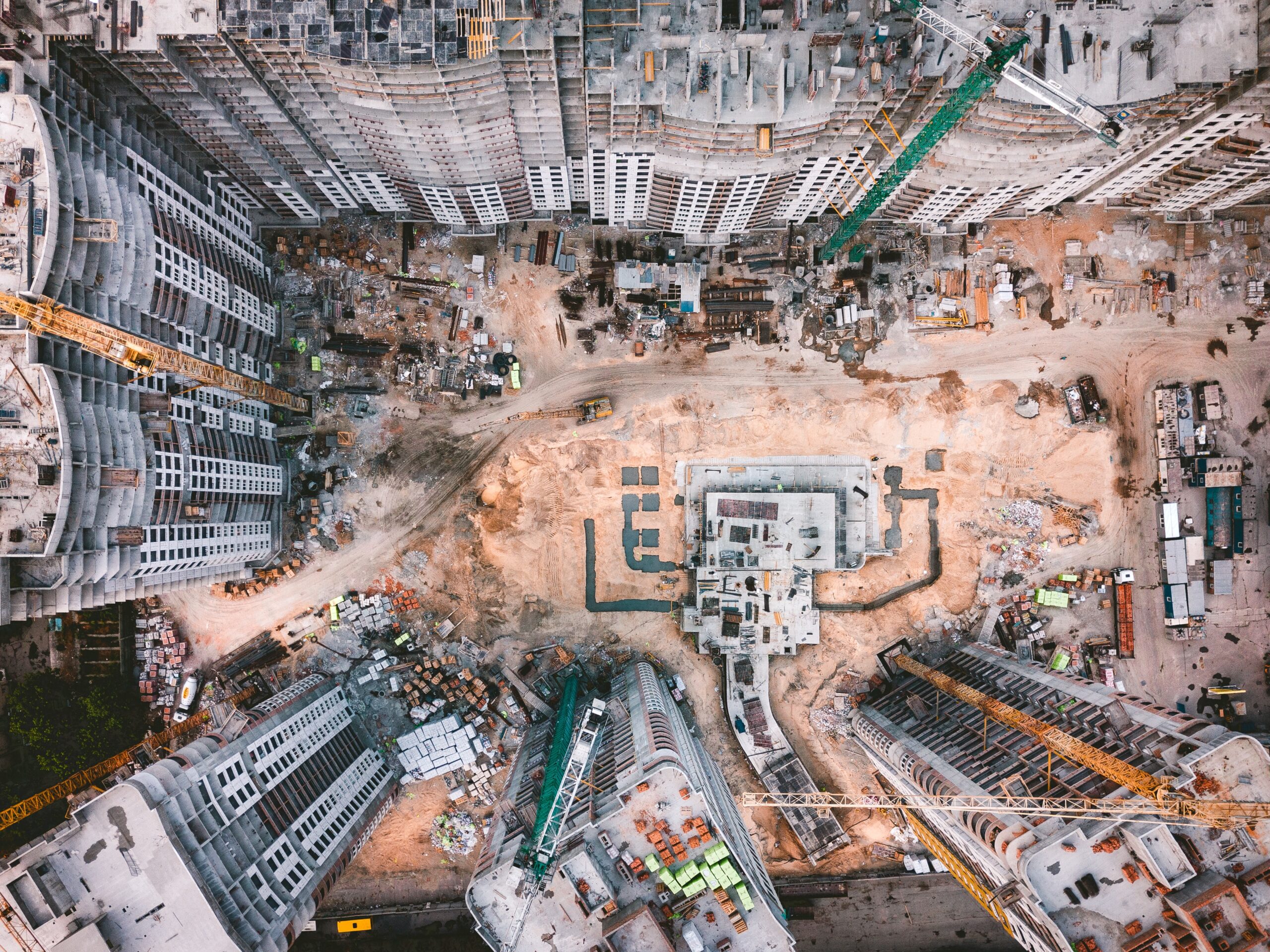Carbon emissions are a significant concern for the building and construction industry. The sector’s carbon footprint is substantial and reducing it may be more complicated than in other industries. Part of the problem is an incomplete picture of where many of these emissions come from.
Most of the blame for buildings’ carbon footprints falls on their energy use. This factor is undoubtedly significant, as buildings account for 30% of global energy consumption – more than even transportation. However, the emissions from this electricity use are just part of the picture. To make meaningful progress, the industry must shift its focus to whole-life carbon.
What Is Whole-Life Carbon?
Whole-life carbon looks at the carbon emissions from across the entire building life cycle. That covers three main categories:
- Embodied carbon, which comes from the pre-construction and construction phases
- Operational carbon, which covers energy consumption during the building’s use
- End-of-life carbon, which comes from the demolition process
Operational carbon often receives the most attention because it’s the easiest to measure and monitor. However, as much as 50% of whole-life carbon is embodied carbon that comes from the materials, transportation, and processes necessary for construction. While it is important to reduce a buildings’ energy use while it is occupied, it would not be enough to achieve net-zero emissions.
A whole-life perspective can be complicated as it entails understanding emissions from different materials manufacturers, transportation partners, construction equipment, and other sources. With a complete picture of the source of emissions however, businesses and governments can make more meaningful changes. The industry can adapt to reduce its carbon footprint faster.
How Technology Can Make Whole-Life Carbon Mainstream
Whole-life approaches to minimizing carbon must go mainstream, but for that to happen, the process needs to be simplified and standardized. Currently, gathering enough data across all these areas is complicated however, new and innovative technologies should improve data transparency across each stage in a buildings’ life cycles.
Solutions for Embodied Carbon
The first step is creating more data visibility for buildings’ embodied carbon, and this begins with materials manufacturers measuring and recording their emissions. Internet of things (IoT) sensors can gather data on processes in factories (E.G. energy consumption) and increase transparency by sharing them with stakeholders.
The next step would be through Building Information Modeling (BIM) which could help construction firms understand third-party emissions from suppliers. BIM tools can track important data and manage schedules to provide a single, consolidated view of all pre-construction and construction processes, providing teams with an insight into the value chain from origin sourcing to final destination.
Joining IoT data with BIM tools makes it easier for construction firms to measure supplier and transportation emissions. They can also apply these tools to the construction phase to understand equipment-related emissions that occur during the assembly process.
Solutions for Operational Carbon
Similar technologies can help property owners and managers understand and reduce operational carbon, and while electricity consumption is the most obvious factor to target, it’s not the only one to consider. Natural gas accounts for 42% of energy consumption in the residential sector, largely due to heating systems, so whole-life carbon measurements mustn’t stop at electricity.
As with embodied carbon, the IoT can fill in many of the data gaps in this area. Smart thermostats and similar technologies can offer more reliable, insightful data on energy consumption than utility bills. These devices can also automatically adjust settings to minimize energy use in the process.
Lastly, it is important to understand where buildings source their energy and electricity to create a whole picture of their emissions. Much of this responsibility falls to power companies which can use cloud computing tools and apps to provide insight into how much of their electricity comes from which systems.
Solutions for End-of-Life Carbon
While it’s easy to overlook end-of-life carbon emissions, these processes are often far from sustainable, and whole-life carbon calculations must also include these processes. The U.S. generated more than 600 million tons of demolition debris in 2018 alone, and demolition typically involves diesel-burning heavy equipment.
End-of-life emissions can account for as little as 1% of whole-life carbon or as high as 25%, depending on the processes and materials used. IoT sensors and cloud reporting tools from demolition and disposal companies can provide more insight.
Perhaps most importantly, materials disposal facilities should collect, and report related emissions from things like recycling and incineration. This data will help companies understand which materials have higher end-of-life emissions. Of course, firms must also use IoT devices to measure transportation-related emissions in this area.
Where IoT devices are difficult to implement, artificial intelligence (AI) can help. AI can estimate carbon emissions based on usage data and average emissions from similar processes. This technology can provide a baseline for any process throughout the whole-life carbon calculation.
Technology Is the Key to Understanding Whole-Life Carbon
The mission is to enable quantifiable and long-term change but in order to achieve this, the building and construction sector must take a whole-life approach to carbon estimates by embracing data-centric technologies throughout the building lifecycle.
IoT sensors, BIM tools, and AI analytics can provide more insight into where carbon emissions come from and with this information, firms can make informed decisions about how to adjust their workflows and technologies to move toward net-zero status.










